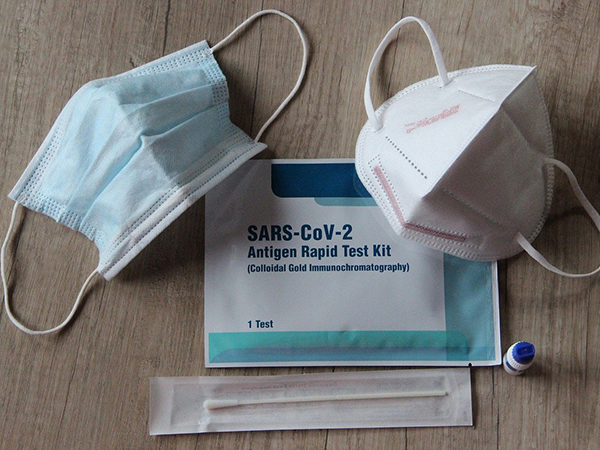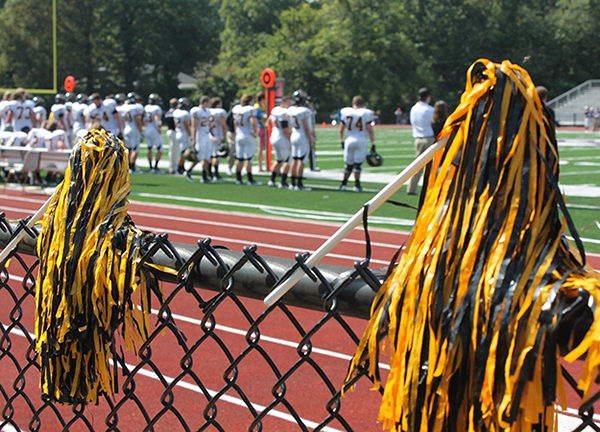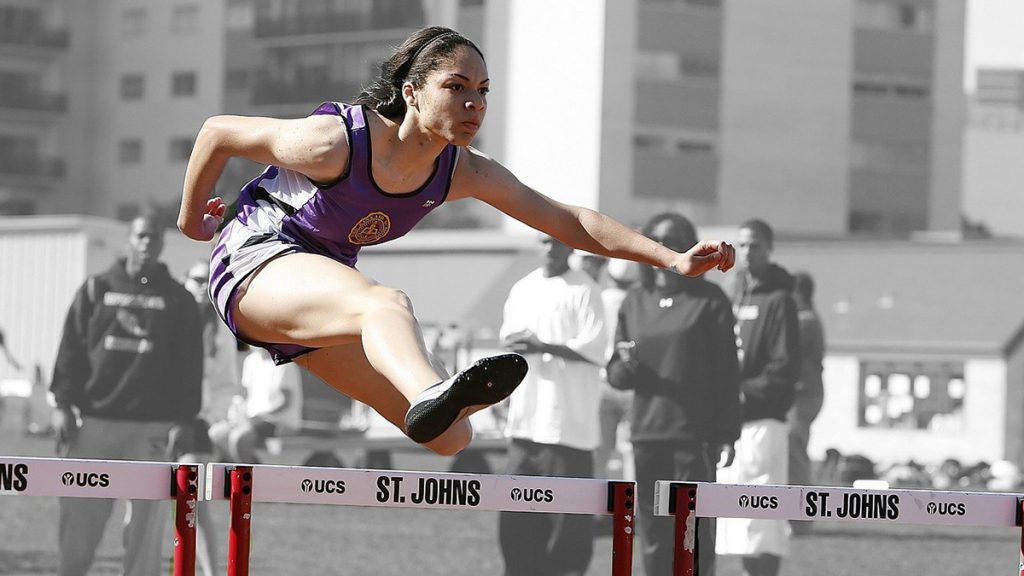IIFX’s most recent summit focused on the return of K-12 sports and after-school activities. A panel of academic, athletic, legal, law enforcement, risk management, and technology experts gave IIFX subscribers insights into that process. Here are some of their stories.
It was March 12, 2020, when Dr. Jeffrey Sullivan told the buses to turn around. Sullivan, the director of systemwide athletics for Montgomery County (Md.) Public Schools, was supposed to be overseeing a state basketball tournament. That tournament would not happen, and coaches in the suburban D.C. county would not see their student-athletes face-to-face for 11 months.
The journey of the return of high school sports began then and there. “As soon as the window cracked open, athletics jumped through,” Sullivan said. “We led the return to school.”
In Georgia, sports also went first. Rockdale County Public Schools athletic director and head athletic trainer Dr. Kechia Rowles said the return of sports provided a trial run of sorts for school-wide procedures. For instance, they quickly found pen and paper symptom checks inefficient and switched to a digital system utilizing QR codes.
Taking a page from Finding Nemo, Rowles’ motto as she helped plan the return to work and school was, “Just keep swimming.”

Planning the Return
In Rowles’ district and many others, the reopening process involved cascades of meetings and task forces.
A3 Communications school safety advocate Kevin Wren pointed out the complex nature of returning students to school and sports. “Fear, scientific data, and politicians (were) coming together at the schoolhouse and pulling us in three different directions,” he said.
Wren advocates for focus groups, saying smaller discussions make people more comfortable talking. Involving politicians, health departments, and parents allows everyone to lay out their goals and needs and helps build trust and accountability, he adds.
Wren also noted, “We can’t just be solely focused on athletics because our student population is wide and varied.”
These discussions took different turns in different states and localities, so not all students returned to classroom instruction and athletic competition at the same time.
Texas brought those activities back fairly swiftly. Jennifer Fraizer, McKinney Independent School District’s athletic director, said that process required clear guidance.
Before athletes returned for workouts, the district created a manual outlining protocols for transit, locker rooms, equipment, practice, games, and attendance. They partnered with the University of Texas at Austin and had coaches add specific guidance, like equipment disinfection procedures.
These protocols were rigorous, and it took hard work to enforce them. In North Carolina, Providence Day School athletic director Nancy Beatty gave her school’s three full-time athletic trainers coach of the year awards for their work enforcing protocols.

Getting – and Giving – Guidance
And keeping students safe from Covid wasn’t the only health and safety issue to tackle. Schools and coaches also had to make sure student-athletes were properly conditioned for athletic competition. Cleveland Municipal Schools police captain Lamont Dodson says Ohio allowed unlimited contact between coaches and players in the lead-up to sports’ return. This, he said, allowed coaches to make sure their athletes were in proper shape and prepared to follow Covid protocols.
Additionally, schools had to reiterate proper protocol to coaches after the shutdown. Folsom (Calif.) Unified School District risk management specialist Jennifer Folsom said brushing up on mandatory reporter training was a must. “Sports are so interactive, and they’re so good for mental health,” she said, so coaches must watch for red flags.
Perris (Calif.) Union High School District risk management and environmental safety director Judy Miller laid out another concern. “Walk-on coaches” who aren’t teachers or administrators need this same training, she says.
With this preparation from coaches and student-athletes, sports were ready to return. In Mississippi, Biloxi High School athletic director Tom Gladney is expecting bigger, more excited crowds than normal. Even though he hopes most Covid protocols will be unnecessary by the fall, he says the school will increase security to keep fans safe and comfortable returning.
Fans aren’t the only ones excited about full – or fuller – stadiums, either. Professional counselor Glenzetta Hall says her grandson, a college athlete, feeds off of fans’ energy and excitement.

Bringing Back Full Stadiums
Yet, to get those fans into stadiums, schools must train – and retrain – staff. Houston ISD athletic director Andre Walker said his district rolled our online tickets and cashless concession options. These changes made re-recruiting and re-preparing stadium staff a first step in returning.
The district also increased cleaning protocols and made their efforts visible to reassure fans. “I want people to see the cleaning. It’s okay; you don’t have to wait until people are leaving (to start),” Walker said to his janitorial crews.
Such new policies required “collaboration by committee,” said Katy ISD assistant athletic director Lance Carter. Katy is a major suburb of Houston, so their teams regularly compete. Therefore, Carter and Walker wanted their districts – and other nearby ones – to keep their policies consistent.
Texas also faces a new, unique challenge in bringing back middle and high school sports. Carter said the state just adopted a law allowing homeschooled students to compete at local schools if the districts allow. Now, Texas schools must re-recruit their athletes as well. Carter also added that youth sports, which faced less strict oversight, “became more attractive than we did.”
No one district or school’s challenges are exactly the same, but officials across the country are working to meet those challenges. Thanks to the work of these administrators and many others, high school sports – and the sense of normalcy and community they bring – are on their way back.
IIFX is helping schools and organizations return to normal with our Return to Work, Play, and Spectate guide. We’re also taking a “Fancentric” approach to guide organizations through and beyond Covid-19 into a new era of fan experience. Subscribe for more expert guidance, tips, and networking opportunities.
This article first appeared in our biweekly newsletter, the IIFXtra. Sign up here for the latest!
[mailmunch-form id=”1034544″]

